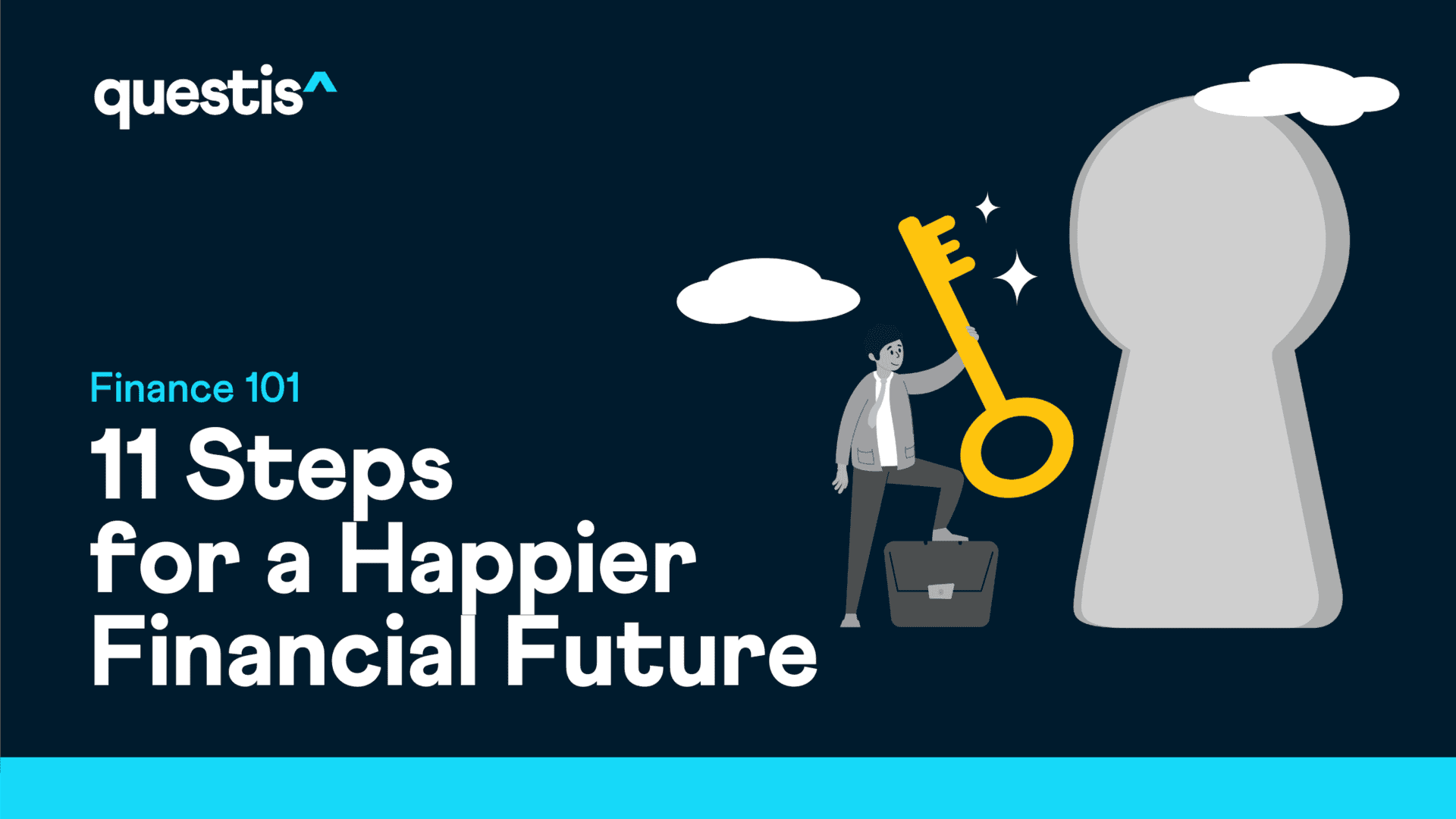Most of us want to be in better shape financially. But with so much personal finance advice out there, figuring out where to start can be so challenging that it’s easy to do nothing. Do something instead by implementing a few of the following steps.
1. Understand where your money goes every month.
This is one of the most important steps you can take and it’s a good place to start. You probably know how much you make every month, but how much do you spend, and on what? Understanding where your money goes every month can tell you what you really value, and it’s critical to figuring out where you can cut expenses. Doing that allows you to have more money to put toward what’s really important to you, short-term and long-term. It’s easier to say ‘No’ to some things, like drinks after work, when you can focus on the “Yes” you’re working toward–like being able to travel or being debt-free.
2. If you don’t have an emergency fund, start one.
It’s OK to start small–the most important thing is to start saving something, even if it’s only $25 or $50 dollars a month, to build the habit. Set a reasonable goal to start, say $500, then keep going. Automate it so you don’t even have to think about it. Aim for a month’s worth of living expenses, and work your way up to 3-6 months. Jumpstart your emergency fund by contributing a chunk of your tax refund or earnings from a side gig.
3. Protect your income with disability insurance.
Your ability to earn a living is probably your biggest financial asset, especially for younger workers. Yet research shows that about one-third of employees in the U.S. will become disabled from illness or injury for at least 90 days. Take advantage of any employer-sponsored disability insurance and consider adding to it. Aim to replace 60%-70% of your monthly income.
4. Pay off your credit cards.
Ideally, pay any outstanding credit card balance in full every month. Work towards that goal by paying the most you can to the card with the highest interest rate and making at least the minimum (and more if you can) on the rest. Once you get that one paid off, move on to the next one. Having even a small emergency fund lets you avoid racking up expensive credit card debt when something goes wrong.
5. Make a plan to pay off your student loans.
Now that you’ve paid off the credit cards, it’s time to tackle any outstanding student loans. And you’ll have more money to do that with. Research refinancing—that often saves you the most in interest charges. If refinancing isn’t feasible, make additional payments, or at least pay more than the minimum every month. If you get a big windfall or tax refund, put some of it toward paying your student loans off.
6. If your employer offers a retirement plan, contribute to it.
Especially if the employer contributes too. About 40% of companies contribute 50 cents for every dollar you contribute, up to 6% of your salary. Not saving for retirement through a workplace plan like that is leaving free money on the table. Retirement plan contributions also help reduce your tax burden—the money you contribute is considered ‘tax-deferred’ which reduces your gross income for tax purposes. You defer paying taxes on your contributions and it grows tax-free too, until you start making withdrawals in retirement.
7. Consider a Roth IRA.
These contributions aren’t tax deductible. But a Roth account grows tax-free, and all future distributions after age 59 and a half are tax-free too. A Roth IRA generally allows you to choose your own investments. Stick with a low fee index fund or two that tracks a broad range of stocks, and complements the investments you have in your workplace retirement plan.
8. If your employer offers a Health Savings Account (HSA), take advantage.
Speaking of tax advantages, HSAs offer a triple tax advantage. The money you contribute isn’t taxed, it grows tax-free, and any withdrawals you make aren’t taxed either. And, it stays with you even if you leave your employer. You can use a HSA to pay for any health-related cost, including dental and vision care, or the deductible on your medical insurance.
9. Protect your family by making a will.
No one likes to think about their own eventual demise, but most people need a will, especially if you have property (like a house or a car) that will need to be distributed or children who will need a guardian. Writing down your wishes ahead of time can make a difficult situation easier for your survivors. Be sure to update your beneficiaries if you have divorced and remarried.
10. Have a term life insurance policy.
Have a term life insurance policy to protect your family financially. Talk to a professional to determine the specific amount you’ll need.
11. Put aside money every month for fun.
Put aside some money every month to spend spontaneously on things that give you pleasure. Sticking to a spending plan is easier when you’ve given yourself permission to spend something spontaneously when you feel like it. Keep this amount as cash. When you’ve spent it down for the month, wait until the first of the following month to replenish it.
Dr. Martha Menard is a behavioral scientist, financial wellness coach, and member of the Association for Financial Counseling and Planning Education and the Financial Therapy Association.
